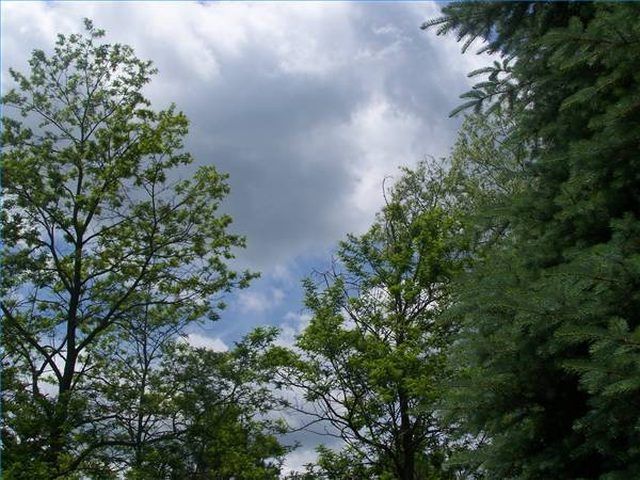Bulbs
Flower Basics
Flower Beds & Specialty Gardens
Flower Garden
Garden Furniture
Garden Gnomes
Garden Seeds
Garden Sheds
Garden Statues
Garden Tools & Supplies
Gardening Basics
Green & Organic
Groundcovers & Vines
Growing Annuals
Growing Basil
Growing Beans
Growing Berries
Growing Blueberries
Growing Cactus
Growing Corn
Growing Cotton
Growing Edibles
Growing Flowers
Growing Garlic
Growing Grapes
Growing Grass
Growing Herbs
Growing Jasmine
Growing Mint
Growing Mushrooms
Orchids
Growing Peanuts
Growing Perennials
Growing Plants
Growing Rosemary
Growing Roses
Growing Strawberries
Growing Sunflowers
Growing Thyme
Growing Tomatoes
Growing Tulips
Growing Vegetables
Herb Basics
Herb Garden
Indoor Growing
Landscaping Basics
Landscaping Patios
Landscaping Plants
Landscaping Shrubs
Landscaping Trees
Landscaping Walks & Pathways
Lawn Basics
Lawn Maintenance
Lawn Mowers
Lawn Ornaments
Lawn Planting
Lawn Tools
Outdoor Growing
Overall Landscape Planning
Pests, Weeds & Problems
Plant Basics
Rock Garden
Rose Garden
Shrubs
Soil
Specialty Gardens
Trees
Vegetable Garden
Yard Maintenance
Color & Light Effects on Photosynthesis
Color & Light Effects on Photosynthesis. Bright light is a basic element of photosynthesis, but variations in the color of light have an effect on plants. The entire spectrum of light hits the plant's leaves at the same time, but there are some colors that are known to cause higher amounts of photosynthesis than others. Chlorophyll is the cause of...

Bright Light Affects Photosynthesis
Bright light is a basic element of photosynthesis, but variations in the color of light have an effect on plants. The entire spectrum of light hits the plant's leaves at the same time, but there are some colors that are known to cause higher amounts of photosynthesis than others. Chlorophyll is the cause of each plant's individual coloring and there are four kinds of pigments that create the chlorophyll. They are called Chlorophyll A, Chlorophyll B, Xanthophyll, and Carotene. Some leaves have more of a certain color pigment than they have of others, creating leaves that are bright green, blue-green, yellow-green or even orange or red. This pigmentation makes no difference with photosynthesis.
Different Color Light Affects Plants Differently
The color that has the highest influence on photosynthesis is blue, which is why many plant growers use blue lights to grow indoor plants. Red light is next best for photosynthesis and yellow light creates the lowest amount of light absorption. When tests are done on photosynthesis rates it is crucial to create an experiment where natural light cannot touch the leaf that is being exposed to differing colors of light. Any light that is not a part of the experiment itself should be carefully screened from the experimentation area. An absolutely dark room is essential and the use of white light as a control for the experiment is needed because white light is also a part of the spectrum of variants and serves for a control element in the experiment.
Adequate Lighting and Plant Growth
If a plant does not receive adequate light it will attempt to reach the light by growing taller. This results in a taller yet paler plant compared to other specimens of the same species that did receive adequate light from the time they sprouted until they began to leaf out. If you place a bucket upside-down over the top of a young plant and leave it that way, the result will be a very tall and usually bent over plant with very unnaturally pale coloring. When it is exposed to sunlight, however, the same plant will adapt to its new environment and begin to produce more chlorophyll through photosynthesis from sunlight.